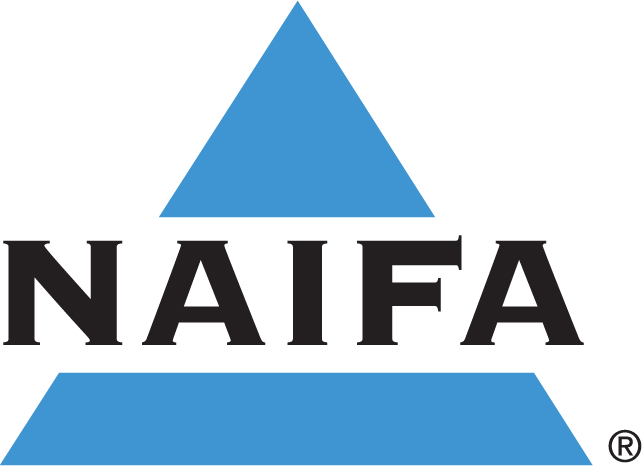Congress has passed the final COVID-19 relief package of 2020 to support the economy and provide further relief during the continuing pandemic. Included within the 5,593-page bill is a provision to end surprise medical billing. The surprise medical billing language provides no government rate setting. The inclusion of this provision is arguably the most important patient-protection inclusion since the creation of Medicare Part D. NAIFA worked with congressional leaders in both the Senate and House, advising legislators of the importance of including surprise medical billing in the final bill.
The surprise billing provisions are designed to protect consumers from surprise medical or “balance” bills from out-of-network (OON) providers in certain situations. The final package also includes several new transparency requirements, most notably a broker disclosure obligation that encompasses all brokers and consultants to an employer health plan (including service providers like third-party administrators and pharmaceutical benefits managers) and that requires up-front disclosure of any compensation expected to be received (both directly and indirectly) in connection with services provided to that plan.
Broker/Consultant Compensation Disclosures
Consistent with language in a prior Senate HELP Committee bill, the package requires disclosure of direct and indirect compensation by brokers/consultants who:
- Enter into a contract or arrangement with a group health plan; and
- Reasonably expect to receive at least $1,000 in direct or indirect compensation (whether paid to the broker, an affiliate, or subcontractor) for any of the following services:
- Brokerage services (e.g., help with selecting insurance products, recordkeeping services, benefits administration, wellness services, compliance services, TPA services, etc.); or
- Consulting (e.g., development or implementation of plan design, insurance product selection, medical management services, TPA services, PBM services, etc.).
The disclosure must be provided in writing to a responsible plan fiduciary “not later than the date that is reasonably in advance of the contract date” and any extension or renewal date, and must include:
- A description of the services to be provided to the plan;
- If applicable, a statement that the broker or consultant plans to offer fiduciary services to the plan;
- A description of all direct compensation the broker expects to receive (in the aggregate or by service);
- A description of all expected indirect compensation (including: vendor incentive payments, a description of the arrangement under which the compensation is paid, the payer of the compensation, and any services for which the compensation will be received);
- Separately, any transaction-based compensation (e.g., commissions, finder’s fees) for services and the payers and recipients of the compensation; and
- A description of any compensation the broker or consultant expects to receive in connection with the contract’s termination (and how any prepaid amounts will be calculated and refunded upon termination).
The “descriptions of compensation” may be expressed as a dollar amount, a formula, or a per capita charge for enrollees. If these methods cannot reasonably be used, the broker may use a good faith estimate and supporting explanation, methodologies, and assumptions.
Brokers and consultants have 60 days to update the disclosure based on new information. They also must provide, upon request from a plan fiduciary or administrator, “any other information relating to the compensation received in connection with the contract or arrangement.” Good faith errors and omissions in the disclosure will not be considered violations if they are corrected within 30 days of the broker or consultant becoming aware of them. Plan fiduciaries must report brokers and consultants to the Department of Labor if they do not comply with these requirements.
Regarding individual health insurance coverage, a health insurance issuer offering individual health insurance coverage or a health insurance issuer offering short-term limited duration insurance coverage must provide disclosures to enrollees and must report direct or indirect compensation provided by the issuer to an agent or broker associated with enrolling individuals in such coverage. Disclosures must be made prior to the individual finalizing their plan and must include any documentation confirming the individual’s enrollment.
A health insurance issuer must annually report to the Secretary, prior to the beginning of open enrollment, any direct or indirect compensation provided to an agent or broker associated with enrolling individuals in such coverage.
These new disclosure requirements go into effect one-year from the date of enactment, which should be roughly January 1, 2022.
When OON services covered by the new law are provided, the payor can respond to the initial request for payment by offering to pay the pertinent “qualifying payment amount.” If after a negotiation period the parties cannot agree on a payment amount, the dispute is submitted to a special arbitrator who in resolving the dispute must first consider the applicable “qualifying payment amount” and the information submitted by the disputing parties about why deviations from that amount are warranted.
Specifically, the new law caps cost-sharing obligations for patients who receive OON care to their applicable in-network levels (and requires plans to make up the difference) in the following circumstances:
- For emergency services performed by an OON provider and/or at an OON facility and for post-stabilization care after an emergency if the patient cannot be moved;
- When non-emergency services are performed by OON providers at in-network facilities (includes hospitals, ambulatory surgical centers, labs, radiology facilities, and imaging centers); and
- For air ambulance services provided by OON providers.
The bill also directs several studies to be conducted, including a study on the effects of the Act and its impact on provider and plan integration, overall health care costs, and access to care, and a separate study on the impact of the Act on network participation, state surprise billing and network adequacy requirements, and access to providers and health insurance plans (premiums, out-of-pocket costs and network adequacy). The Government Accountability Office is also directed to undertake separate, stand-alone studies on the adequacy of provider networks and on the performance of the independent dispute resolution (IDR) process.







